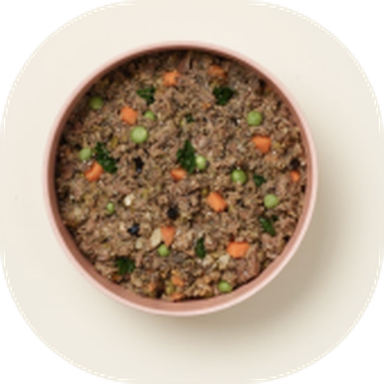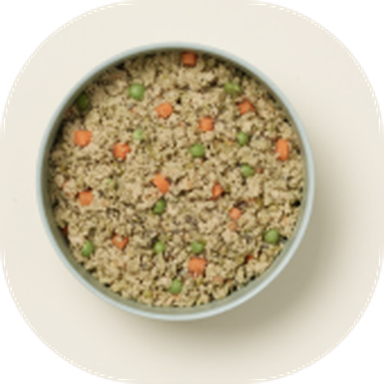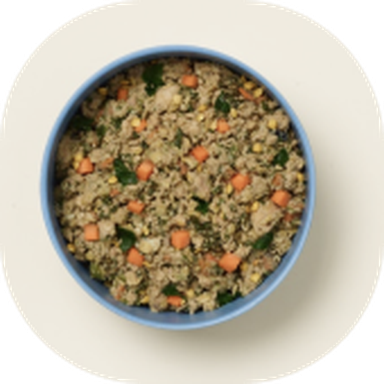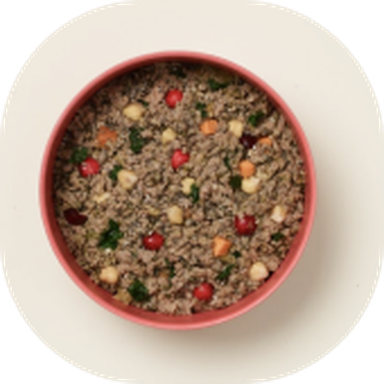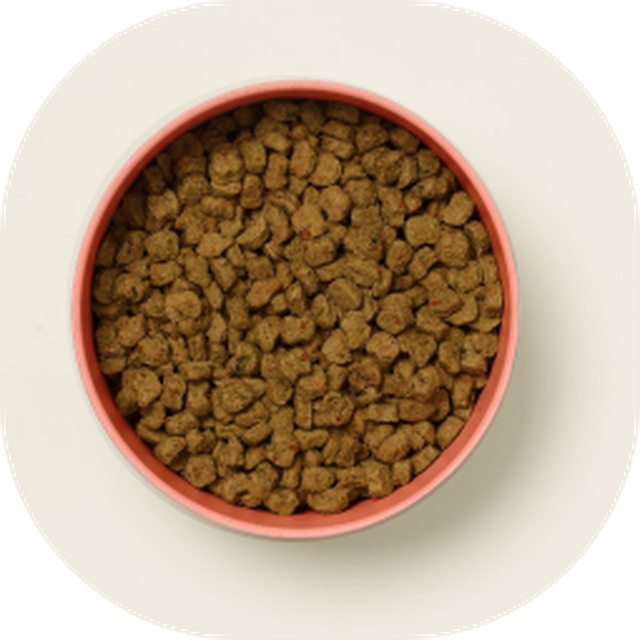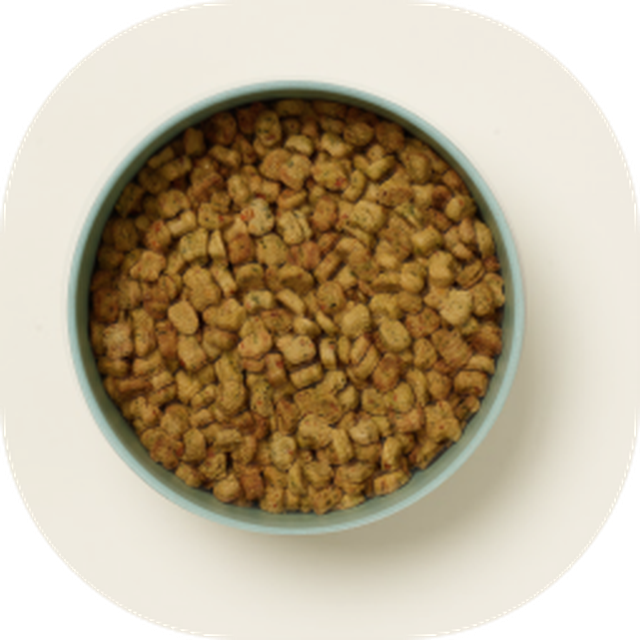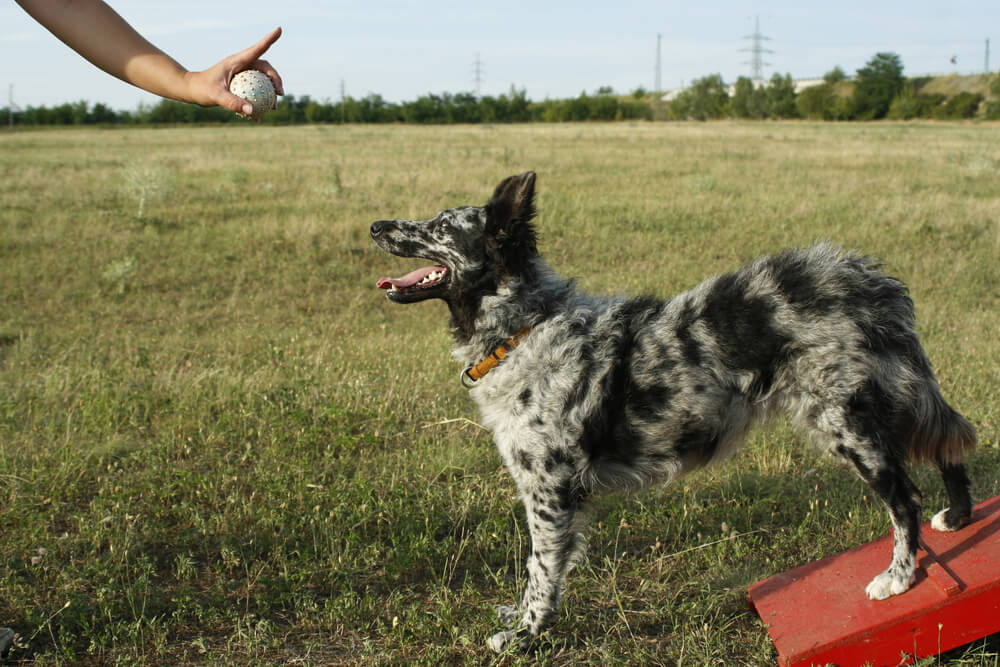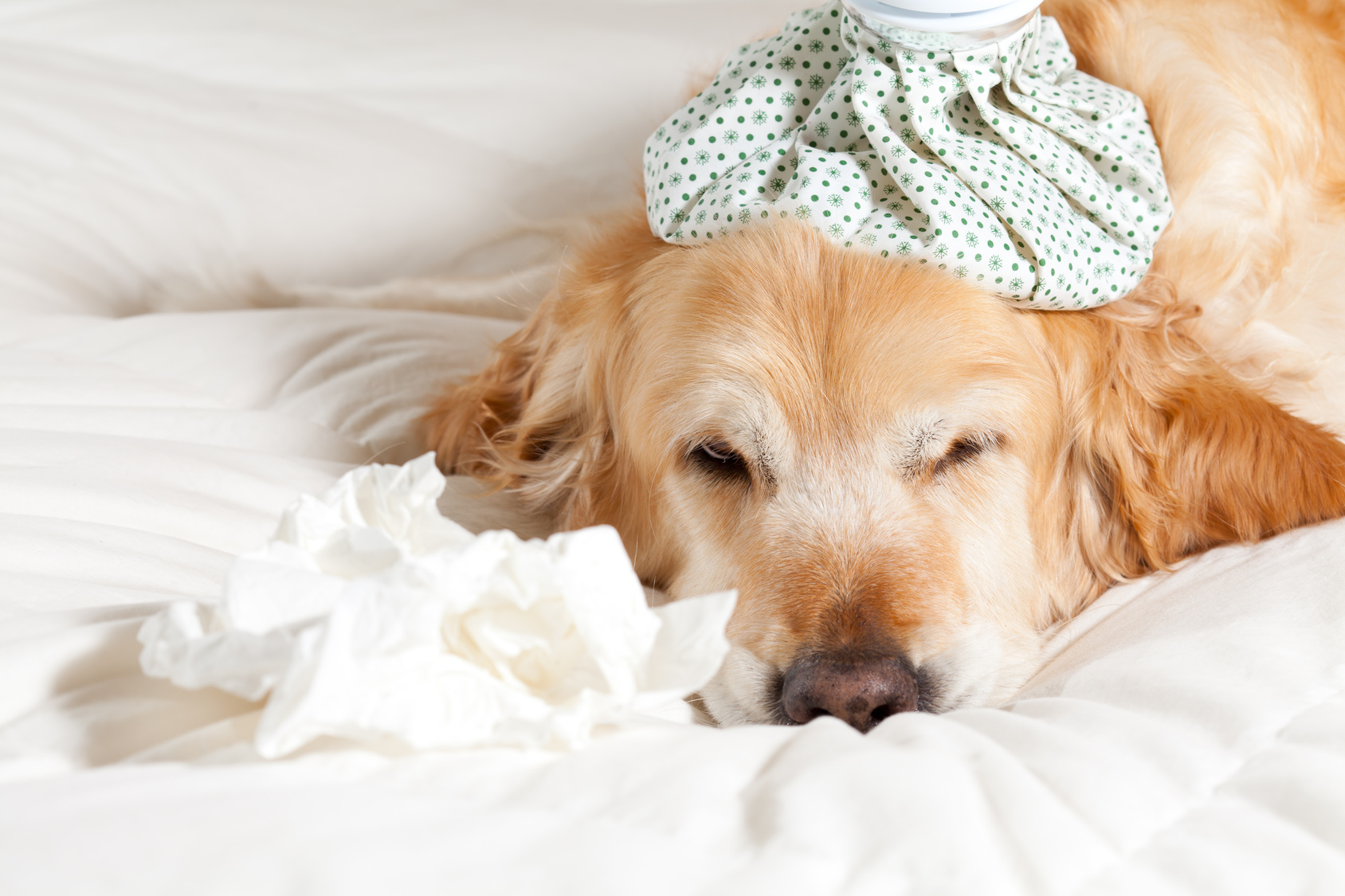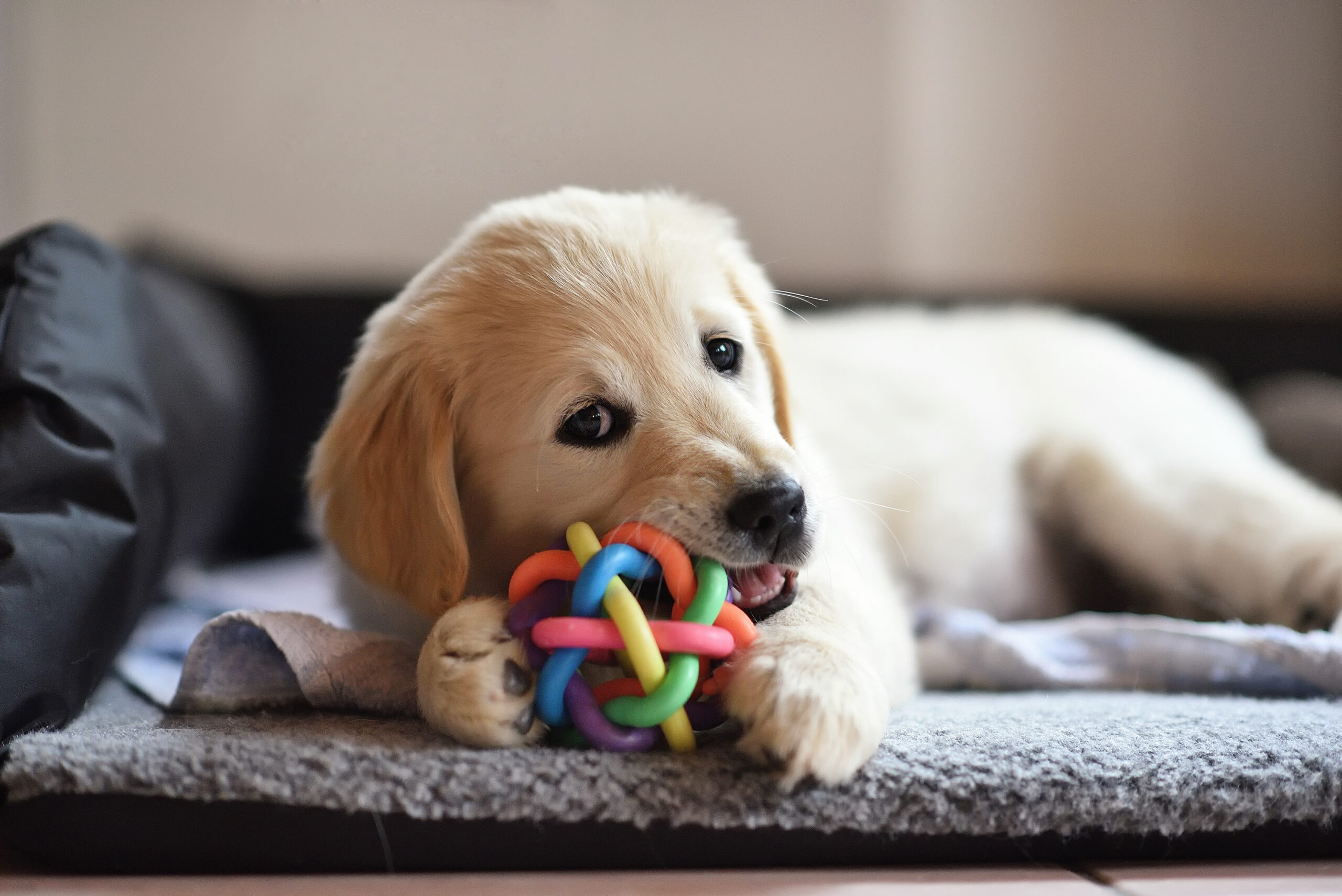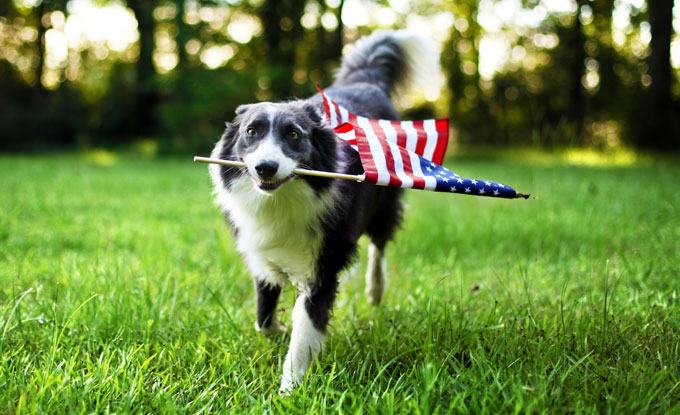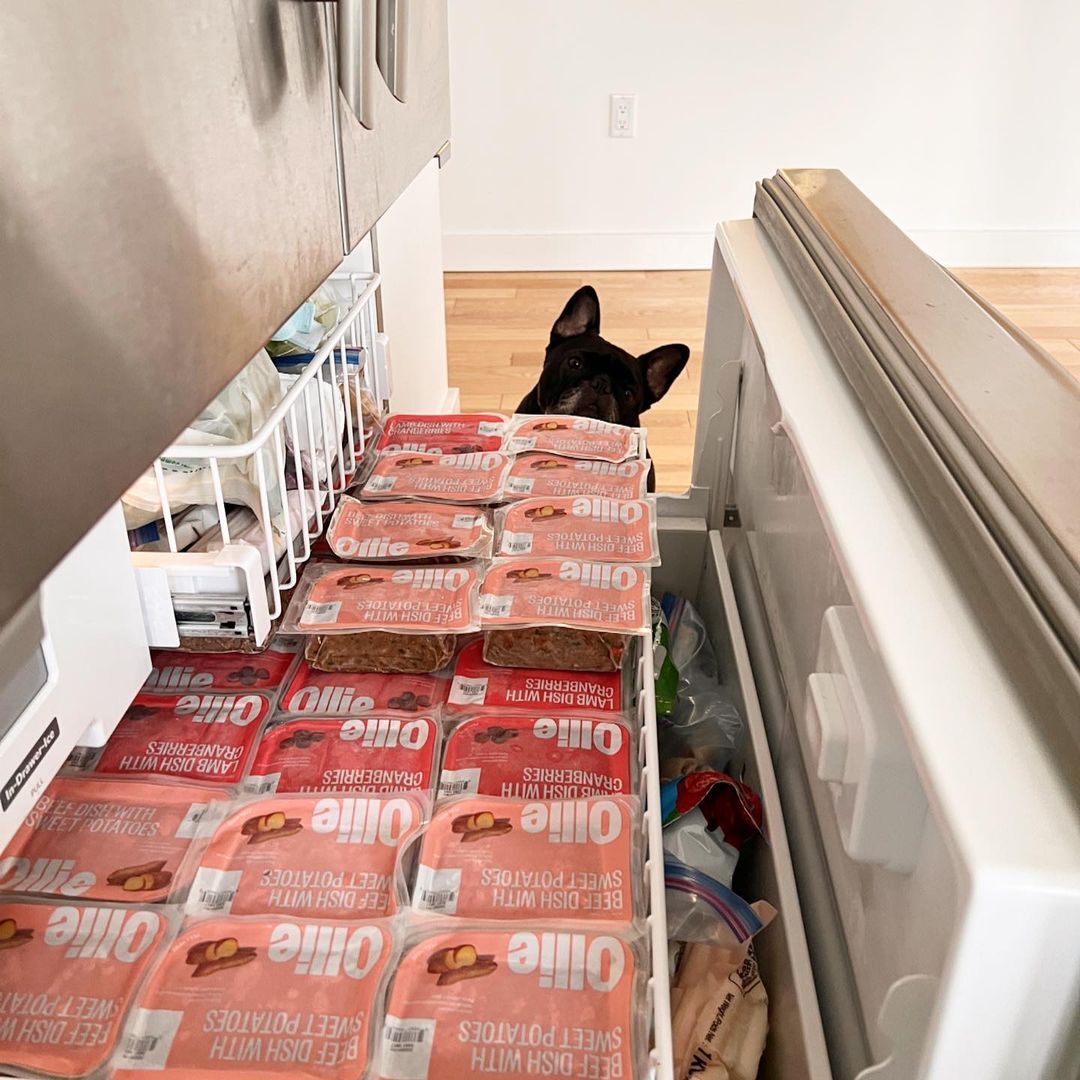Hey Ollie blog readers! We’re offering you an exclusive 60% OFF your starter box! Try now!
When it comes to basic obedience, the stay can be one of the hardest commands to teach your dog. It is important that your dog learns to stay for a few reasons. One could be a safety issue, like teaching your pup to stay when the front door is open so they don’t run away or the hot oven door is open to put something in. You don’t want your pup lunging towards a hot oven or they risk a nasty burn.
In order for your dog to move past basic obedience and pass the AKC Canine Good Citizen exam, become a therapy dog or even try your hand a competition or a dog sport like Agility, Flyball or Rally, your dog will need to know how to stay and will need to be able to go into a solid stay for a duration of a minute or more.
For the Canine Good Citizen exam, your dog will need to stay either sitting or lying down. You may want to make sure your dog understands both the sit and down command and can do them consistently before you introduce stay.
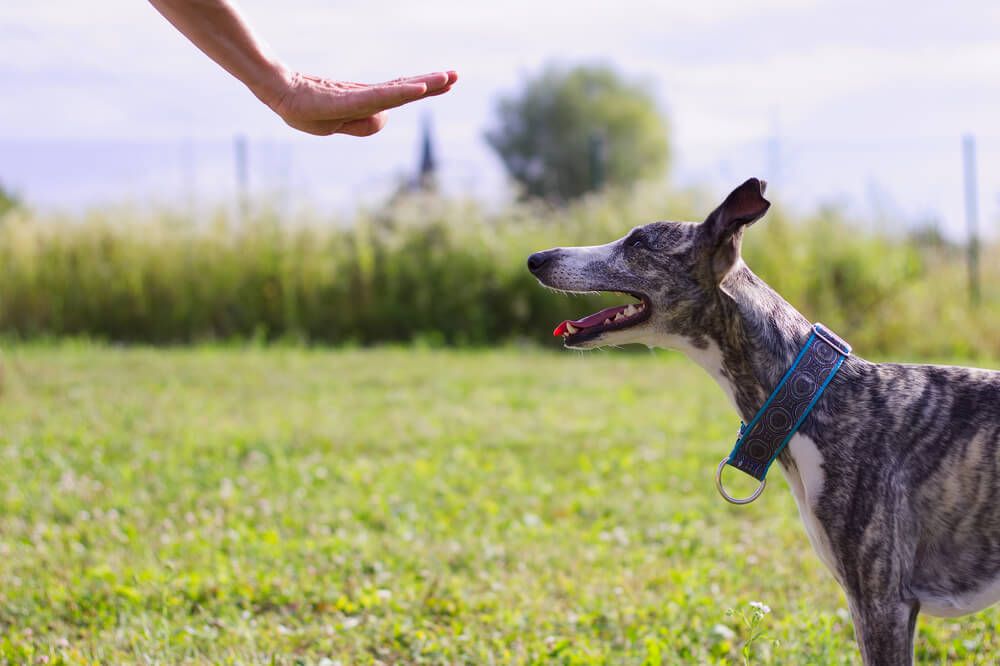
What does “stay” really mean?
Before we dive into teaching your dog to stay, let’s review the actual meaning of this command since there may be some confusion. Stay means stay (seated, standing or lying down) until I tell you it’s ok to get up. The way you tell your dog that the stay is over is by using a release word. Some people like the word okay or the phrase all done to signify the stay is over. You can use any word or phrase that works for you and your dog as long as you use it consistently.
You want your stays to have a clear beginning and end or your pup will think its okay to get up and move around before they’re released from the stay. You also don’t want to use come as your release word. Come should be its own command. A recall, which is usually signaled by the command come is another important (potentially life-saving) skill your dog should learn and you don’t want to confuse your pup by adding it on to their stay. After you release your pup, you can recall them to you but it should be two separate commands.
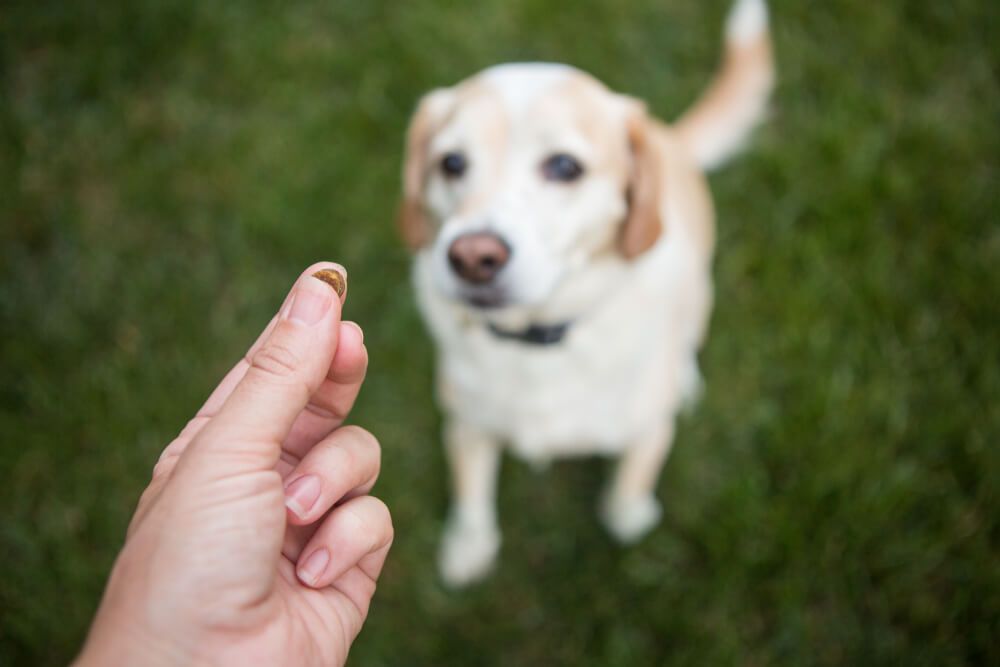
3 Tips for teaching a dog to stay
- Use positive reinforcement
- Remember your 3 D’s Distance, Duration and Distraction
- Practice your stays consistently
This one should be a given. You want training to be fun and exciting for your dog. Train stay when your dog is in a place where they’re excited to learn and work with you. Don’t introduce a new command or do a long training session when your dog is hungry, tired, or not feeling well. Let them eat, or rest and pick up your training session at another time. You also might want to take your dog for a walk before training and give them an opportunity to go to the bathroom before asking them to work. Make sure you have treats or a favorite toy to reward your dog with for a job well done. Some pups prefer a reward of playtime with a tugger or a ball over a snack. Learn what your dog prefers or use a mix of both to surprise and delight them!
When teaching your dog to stay you’ll want to work on getting them to stay in place with all three of the “Ds”. Jessica Lempert CPDT-KA teaches this in her puppy kindergarten and level 1 obedience classes at Philly Unleashed. She reminds clients that this won’t happen in one session, it will take lots of practice.
Distance refers to how far you can get from your dog and have them remain in their stay. Start standing directly in front of your dog then start to gradually increase your distance. You will want to invest in a long (15-20 foot) lead so you can work on this without a helper. Eventually, you’ll be able to put your dog in a stay, walk to the end of the lead and recall your dog back to you, but one thing at a time.
Duration refers to how long your dog can remain in a stay without breaking.
You don’t want your pup to break a stay if you can help it. This will allow you to focus on the behavior and not worry about having to “correct” a broken stay. Try to call your dog out of his stay BEFORE he breaks it. You’ll be able to see body language that your dog is about to get up, but it can happen quickly so try not to stress about getting this perfect. To work duration what you can do is stand in front of your dog (you are not going to focus on the distance at all right now) and have them stay. As long as your dog is in a stay, deliver treats right to their mouth about 2-3 seconds apart. Release them from the stay and provide more reinforcement and treats or play. It’s okay to be excited and have a little party for your dog. What you want to work on here is getting the duration to be longer and longer (up to 60 seconds or so) and the treats to be less and less frequent.
Distraction means you’re going to ask your dog to stay while there are some distractions happening around them.
If your puppy is working on their stay in a kindergarten or obedience class and they don’t really have it down yet, don’t be surprised if you’re not successful right away. This is because there are so many fun distractions. The other dogs might want to play, there are things to sniff, people to play with them and maybe some toys… why would your pup want to sit still? This one is the hardest for many dogs. Once your dog has a solid stay down, can handle some increased distance and is solidly staying in place for 15-30 seconds, you should start to add distraction. Distraction could include working in your home while other family members walk by, holding a stay outside on a walk while cars, people or even other dogs go by, and obviously being able to stay in class.
As your dog starts to understand what stay means, practice, practice and practice some more. Ask your dog to sit and stay periodically on your walks. If you ask for a sit, make sure the ground is comfortable for them to sit on. Asking your dog to sit on a patch of ice or burning hot sidewalk is not ideal so choose spots that are going to be comfortable at first. Work on sitting when people, cars and even other dogs are going by. If you take your dog with you on errands, work on sitting and staying while you pay for items at a dog-friendly coffee shop or pet store. Bonus points, when you do this in a pet store you can buy your dog a special treat.
If you follow these three steps your dog should have a consistent stay in no time. What happens when your dog is popping out of a stay before you release them? Don’t make a big deal out of it, you can say something like nice try and bring them back into their stay position. Go back to delivering treats every 2-3 seconds as long as your pup stays put. Then work to fade out the treats by delivering them less frequently. You’ll continue to work on the three D’s, increasing duration and adding distance and distractions into the mix. If you need a little professional help along the way, reach out to a pro trainer who uses positive reinforcement and fear-free methods for a little extra help!
The Ollie blog is devoted to helping pet parents lead healthier lives with their pups. If you want to learn more about our fresh, human-grade food, check out MyOllie.com.
Tagged As:
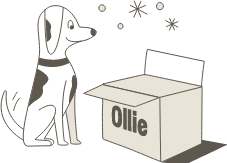
The nutrition your dog needs,
the food they want.

Enjoying our articles? Subscribe our Newsletters and get new articles directly to your inbox
You might also like
20 June 2024
9 MINS READ
Owner Guide: New Puppy Checklist
Welcoming a new puppy into your life and home is an exciting time filled with “firsts,” but this magical time also requires careful planning to ensure a positive transition for your pup. Prepa…
by Ollie Pets
22 June 2023
6 MINS READ
Why Are Dogs Scared of Fireworks? How to Help Your Dog Cope With Fireworks Anxiety
Fireworks may be summer’s soundtrack, but these loud and sudden noises signal terror for many noise-sensitive pups. Learn why dogs become so rattled by fireworks and how you can help your pup fee…
4 March 2023
2 MINS READ
Tips for Organizing Your Ollie
Keep your pup’s mealtime routine neat and tidy with these organizing tips and tricks from the Ollie pack.
by Ollie Pets
